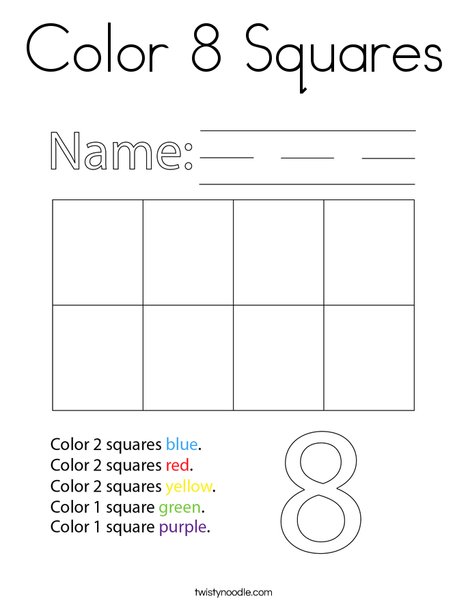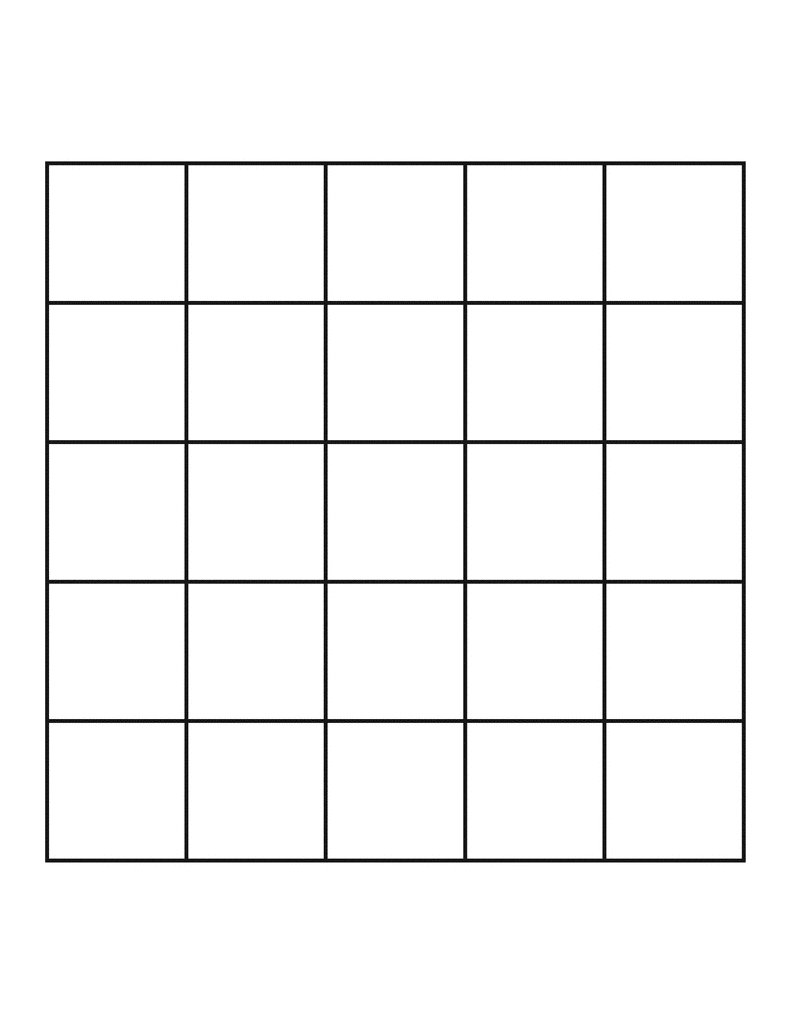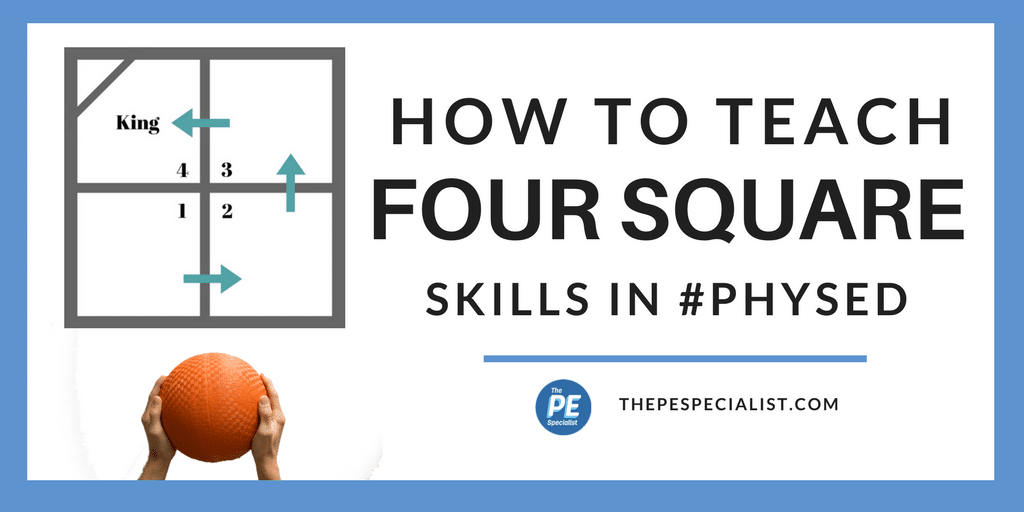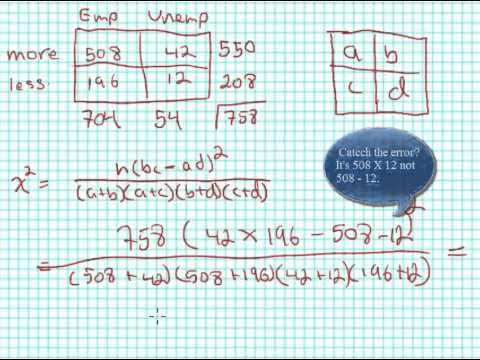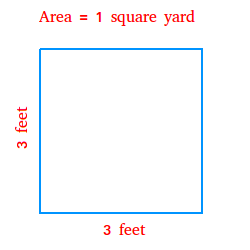Topic 5 less than the square of a number: The concept of "5 less than the square of a number" is a fundamental topic in algebra that involves transforming verbal expressions into algebraic equations. This article will guide you through understanding and solving these expressions with ease, providing practical examples and step-by-step explanations.
Table of Content
Algebraic Expression: 5 Less than the Square of a Number
In mathematics, translating a phrase into an algebraic expression is a common task. For the phrase "5 less than the square of a number," let's break down the steps to form the correct expression.
Translation Steps
- Identify the variable: Let the unknown number be represented by x.
- Square the variable: The square of the number is written as \( x^2 \).
- Subtract 5 from the square of the number: This is written as \( x^2 - 5 \).
Mathematical Expression
The algebraic expression for "5 less than the square of a number" is:
\[
x^2 - 5
\]
Examples and Applications
Example 1: If the number is 3, then the expression evaluates to:
\[
3^2 - 5 = 9 - 5 = 4
\]Example 2: If the number is -2, then the expression evaluates to:
\[
(-2)^2 - 5 = 4 - 5 = -1
\]
Word Problems Involving this Expression
Consider a word problem: "Find two consecutive integers whose product is 5 less than the square of the smaller number." To solve this:
- Let the smaller integer be x and the larger integer be x + 1.
- The product of these two integers is \( x(x + 1) \).
- According to the problem, this product is 5 less than the square of the smaller number: \[ x(x + 1) = x^2 - 5 \]
- Simplify and solve the equation to find the integers.
Conclusion
Translating phrases into algebraic expressions is essential for solving various mathematical problems. The phrase "5 less than the square of a number" translates to the expression \( x^2 - 5 \), which can be used in different mathematical contexts and word problems.

READ MORE:
Introduction to Algebraic Expressions
Algebraic expressions are mathematical phrases that include numbers, variables, and operators. They represent real-world situations in a concise, symbolic form. Understanding algebraic expressions is essential for solving equations and understanding higher-level mathematics.
Here are some key concepts to grasp:
- Variables: Symbols (like x or y) that represent unknown values.
- Constants: Fixed values that do not change.
- Operators: Symbols that represent mathematical operations such as addition (+), subtraction (-), multiplication (*), and division (/).
For example, consider the phrase "5 less than the square of a number." To translate this into an algebraic expression, follow these steps:
- Identify the variable: Let the number be x.
- Find the square of the number: \( x^2 \).
- Subtract 5 from the square of the number: \( x^2 - 5 \).
Thus, the algebraic expression for "5 less than the square of a number" is \( x^2 - 5 \).
Understanding Verbal Expressions
Verbal expressions are used to describe mathematical operations in words. Translating these verbal phrases into algebraic expressions is a fundamental skill in algebra. Let's break down the process step by step to understand how to convert common phrases into mathematical expressions.
- Addition: Phrases like "sum," "plus," "increased by," and "more than" indicate addition. For example, "the sum of a number and 5" can be written as \(x + 5\).
- Subtraction: Terms such as "difference," "minus," "decreased by," and "less than" indicate subtraction. For instance, "5 less than a number" translates to \(x - 5\).
- Multiplication: Words like "product," "times," "multiplied by," and "of" signify multiplication. For example, "twice a number" can be expressed as \(2x\).
- Division: Phrases such as "quotient," "divided by," and "ratio" denote division. For instance, "the quotient of a number and 4" is written as \(\frac{x}{4}\).
Understanding these basic translations helps in solving more complex word problems in algebra. Let's look at an example problem to see how these concepts are applied:
| Problem | Translation |
| "The product of two consecutive integers is 5 less than the square of the smaller number." | Let \(x\) be the smaller integer. Then the next integer is \(x+1\). The product is \(x(x+1)\) and the square of the smaller number is \(x^2\). The equation is \(x(x+1) = x^2 - 5\). |
By practicing with various verbal expressions and converting them into algebraic forms, you can enhance your problem-solving skills and gain a deeper understanding of algebraic concepts.
Example Problems
Understanding mathematical expressions and solving equations can be greatly enhanced through practice problems. Below are several examples to help illustrate the concept of "5 less than the square of a number" and related algebraic expressions.
-
**Problem 1:** Find two consecutive integers whose product is 5 less than the square of the smaller number.
- Let \( x \) and \( x+1 \) be the two consecutive integers.
- Form the equation: \( x(x+1) = x^2 - 5 \).
- Simplify and solve: \( x^2 + x = x^2 - 5 \).
- Subtract \( x^2 \) from both sides: \( x = -5 \).
- Thus, the integers are -5 and -4.
-
**Problem 2:** Translate "5 less than the square of a number" into an algebraic expression.
- Let the number be represented by \( x \).
- The square of the number is \( x^2 \).
- 5 less than the square is \( x^2 - 5 \).
-
**Problem 3:** Use simultaneous equations to solve: Two numbers add up to 1. One number is 5 less than the square of the other number. What are the numbers?
- Let \( x \) and \( y \) be the two numbers.
- Write the equations: \( x + y = 1 \) and \( y = x^2 - 5 \).
- Substitute \( y \) from the second equation into the first: \( x + (x^2 - 5) = 1 \).
- Simplify and solve: \( x^2 + x - 6 = 0 \).
- Factorize the quadratic equation: \( (x + 3)(x - 2) = 0 \).
- So, \( x = -3 \) or \( x = 2 \).
- If \( x = -3 \), then \( y = 4 \). If \( x = 2 \), then \( y = -1 \).
- The pairs are (-3, 4) and (2, -1).
-
**Problem 4:** A number is 5 less than its square. Find the number.
- Let the number be \( x \).
- Form the equation: \( x = x^2 - 5 \).
- Rearrange to form a quadratic equation: \( x^2 - x - 5 = 0 \).
- Solve the quadratic equation using the quadratic formula: \( x = \frac{1 \pm \sqrt{21}}{2} \).
- The solutions are: \( x = \frac{1 + \sqrt{21}}{2} \) and \( x = \frac{1 - \sqrt{21}}{2} \).
Specific Examples
- When translating the phrase "5 less than the square of a number" into an algebraic expression, we first identify the key components: the square of a number and subtracting 5 from it. Let's denote the number as \( x \). The square of \( x \) is represented as \( x^2 \), and "5 less than" implies subtracting 5 from it. Thus, the algebraic expression for "5 less than the square of a number" is \( x^2 - 5 \).
- For example, if the number \( x \) is 3, the expression becomes \( 3^2 - 5 = 9 - 5 = 4 \). So, when the number is 3, 5 less than the square of the number is 4.
- In general, when we have a number represented by \( x \), "5 less than the square of the number" can be calculated using the expression \( x^2 - 5 \).

Solving Word Problems
- To solve word problems involving the phrase "5 less than the square of a number," we need to understand the problem and translate it into an algebraic expression.
- Let's consider an example: "Find a number such that 5 less than the square of the number is equal to 20."
- We start by defining the unknown number as \( x \). According to the problem, "5 less than the square of the number" translates to the expression \( x^2 - 5 \).
- So, we can write the equation: \( x^2 - 5 = 20 \).
- To solve for \( x \), we add 5 to both sides of the equation to isolate the squared term: \( x^2 = 25 \).
- Next, we take the square root of both sides to find the value of \( x \). Remembering to consider both positive and negative roots, we get \( x = \pm 5 \).
- Thus, the solutions to the word problem are \( x = 5 \) and \( x = -5 \).
- We can verify our solutions by substituting them back into the original equation: \( (5)^2 - 5 = 20 \) and \( (-5)^2 - 5 = 20 \), which both hold true.
READ MORE:
Xem video này để biết cách bình phương các số có 2 chữ số kết thúc bằng 5, một kỹ thuật hữu ích trong toán học.
Cách Bình phương Số có 2 chữ số kết thúc bằng 5
